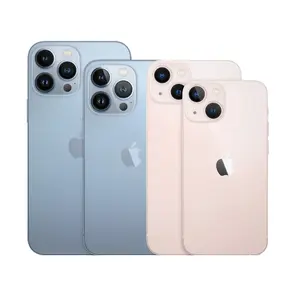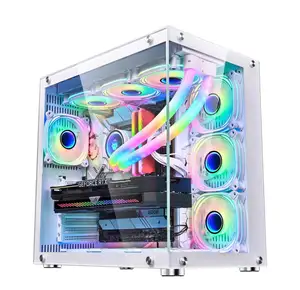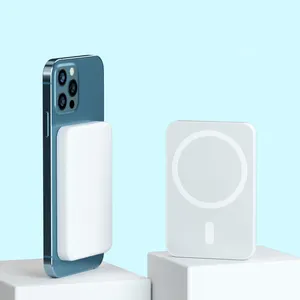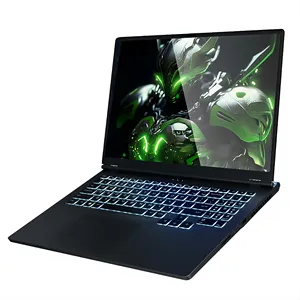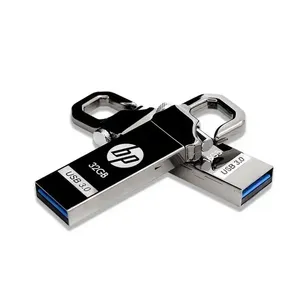Popular in your industry
























































Top categories
About website ui design
The website UI design, also known as web UI design, is the process of creating interfaces for websites or web applications. This design covers the look and feel of the site, including elements such as buttons, menus, typography, and images. A good website UI design enhances user experience, making it easier for users to navigate and interact with the site. This design aims to create a visually appealing and user-friendly interface that effectively communicates the brand and its message.
The importance of website UI design
The website interface design, or web interface design, is crucial for several reasons. First, it creates a first impression. When a user visits a website, the interface is the first thing they see and interact with. A well-designed interface can captivate the user and lead to further exploration of the site, while a poor interface can turn them away. Second, it improves usability. A good website UI design makes it easy for users to navigate the site, find information, and complete tasks. This, in turn, increases user satisfaction and engagement. Third, it builds the brand. The interface is often the first point of contact between the user and the brand. A well-designed interface that effectively communicates the brand's values and message can help build brand awareness and loyalty. Lastly, it boosts conversions. A user-friendly and visually appealing interface can lead to higher conversion rates, whether the goal is to make a purchase, sign up for a newsletter, or perform any other action on the site.
Key elements of a website UI design
Several key elements contribute to a successful web UI design. Typography plays a critical role in setting the tone of the website and ensuring readability. The choice of fonts, font sizes, and spacing can impact the overall user experience. Color scheme is another essential element. It is crucial to choose colors that not only reflect the brand but also create a visually appealing and harmonious experience for users. Imagery and iconography are important for creating a visually engaging interface. The use of images, icons, and other visual elements can help convey information, guide users, and enhance the overall design. Layout and white space are key to organizing content and creating a balanced visual hierarchy. A well-thought-out layout and proper use of white space can improve readability and make the interface more visually appealing. Lastly, consistency is vital for a cohesive user experience. Consistent use of elements such as colors, fonts, and spacing helps users navigate the site more easily and reinforces the brand's identity.
